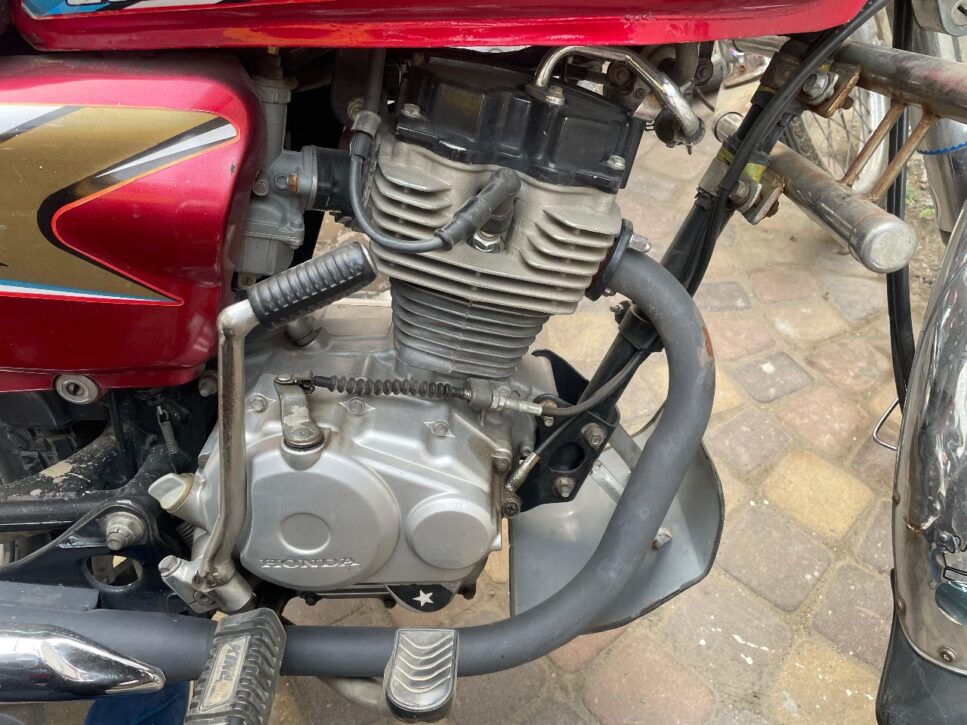How to Know if Your Motorcycle Engine is Sealed or Not? If you’re planning to buy a used bike, that’s a good and wise decision because our bikes have not received any innovations or new technologies since they launched. When buying a used motorcycle, the fear could be the unsealed engine. If you’re buying a really old motorcycle with lots of mileage, then it might make sense to overhaul and unseal the engine.
However, newer bikes like 2018-20 models with 40-50k kilometers shouldn’t have unsealed engines. Apparently, there are some of tips we can suggest to you so you may find out if the engine is sealed or not, based on our personal used bike buying experience from McLeod Road.
Note: You must be an expert and know about the bike you’re buying. If you’re a rookie in bikes, then it might not work for you.
Peek on the Head Cylinder Bolt
First, check the bolts on the head cylinder. This bolt is the first nut that needs to be opened whenever the engine needs to open. Here’s a bit technical: we’ve summarized in bullet points for ease:

- Check the shape; if the nut’s shape is crisp and sharp, then the engine has probably never been opened.
- Then, see if there are micro scratches on the nut. When the nut is opened with a wrench, micro scratches are left on the nut.
If the above two things are passed and clear, then your engine might not be opened. Yes, we said “might” because if the mechanic was too professional, the above two tips might not work. Here are more expert tips:
Check the Sound
A 100% fit and sealed engine has a very crisp, bass-pitched sound. Start the engine (cold start) and bring your ear close to the silencer, just 20 cm away. A fully sealed and well-maintained engine will produce a deep, crisp sound with a bass-like tone.
Pay close attention to the sound. You should be able to distinguish the combustion and exhaust cycles happening within the cylinder. If the sound is deep and clear, with a pronounced bass tone, it indicates that the piston rings are in good condition and the engine is undergoing a proper, pressurized combustion process. However, if the sound is muddled, lacking crispness and depth, it could suggest that the piston rings are worn.
Check the Overheating
Ride the bike continuously on full RPMs for 10-15 minutes. If the engine starts getting overheated, it might indicate that there’s a 0.5mm piston in the engine, which causes the engine to overheat. Now, many other issues could lead to overheating, like tappets, clutch out of adjustment, or if the outside temperature is too high. However, the oversized piston is one of the primary reasons for overheating, and of course, it means the engine is opened.
Check The Gaskets
 Visible wear on gaskets or seals is one of the clearest indicators that a motorcycle engine might be unsealed. If the mechanic was a rookie or if the owners used low-quality gaskets, the engine would probably wear out or start leaking after one year. Pay close attention to the head gasket; you’ll know if it’s genuine or non-genuine. Trust your instinct.
Visible wear on gaskets or seals is one of the clearest indicators that a motorcycle engine might be unsealed. If the mechanic was a rookie or if the owners used low-quality gaskets, the engine would probably wear out or start leaking after one year. Pay close attention to the head gasket; you’ll know if it’s genuine or non-genuine. Trust your instinct.





